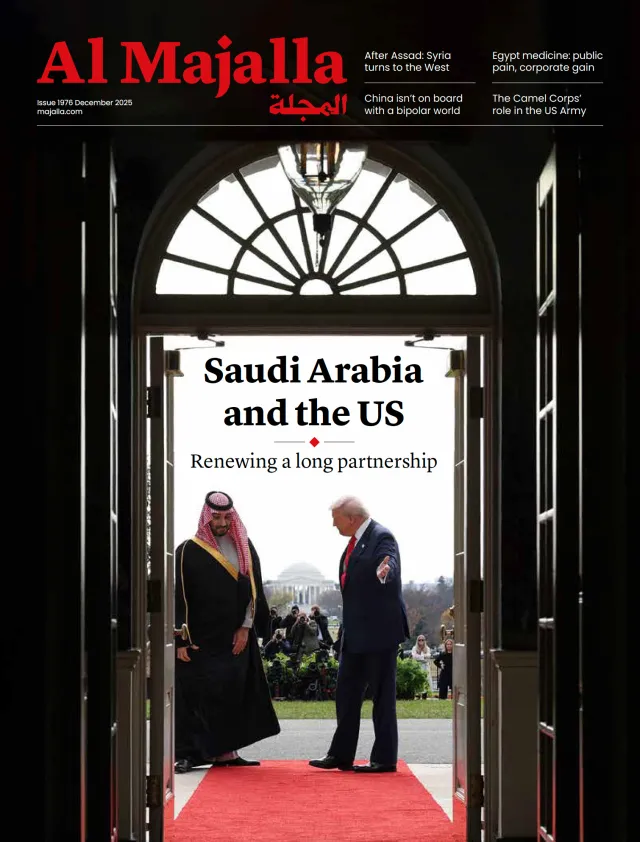Two days after a ceasefire was declared along the Indo-Pakistani border, officials in Maharashtra’s Sindhudurg district rededicated a massive statue of the warrior-king Shivaji. The new ten-metre-tall monument replaces a previous version that collapsed last September. At the time, authorities vowed to erect a replacement “built to stand for a century.”
The name of the 17th-century monarch has been frequently invoked by Indian television commentators—a reference rich in political and ideological significance. Shivaji has long been a favoured subject among writers and historians aligned with the Hindutva ideology, which envisions India as a Hindu nationalist state under the leadership of the Bharatiya Janata Party (BJP) and Prime Minister Narendra Modi.
Shivaji occupies a central place in the dominant nationalist narrative of contemporary India. Having ascended to power in his youth, he defeated several Muslim-ruled kingdoms and later waged a prolonged struggle against Mughal emperor Aurangzeb—often seen as the most religiously conservative of the dynasty—who enforced a rigid interpretation of Islam and led temple-destroying campaigns, a legacy still fiercely debated today.
Shivaji’s reign unfolded during one of the most volatile periods in Indian history, amid the rise and fall of regional kingdoms, the advance of European colonial powers, and the ascent of the East India Company, which gradually transformed into a quasi-sovereign authority on the subcontinent.




